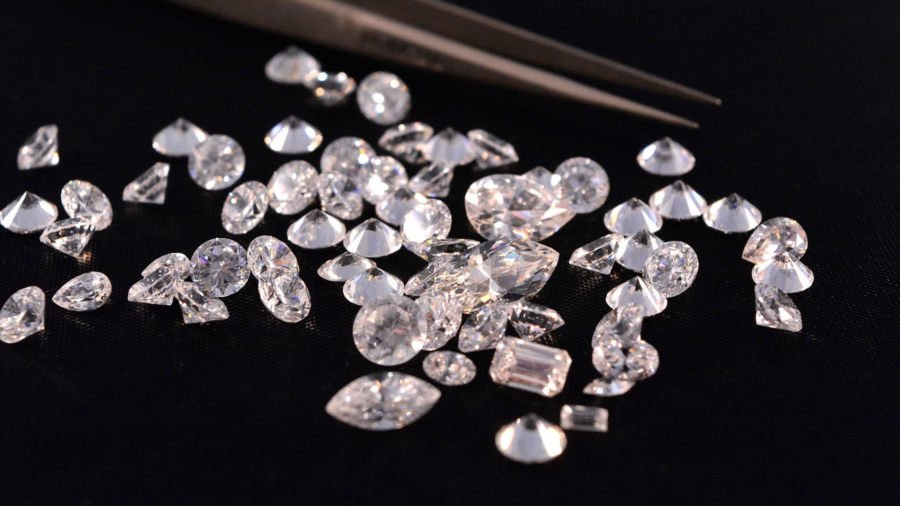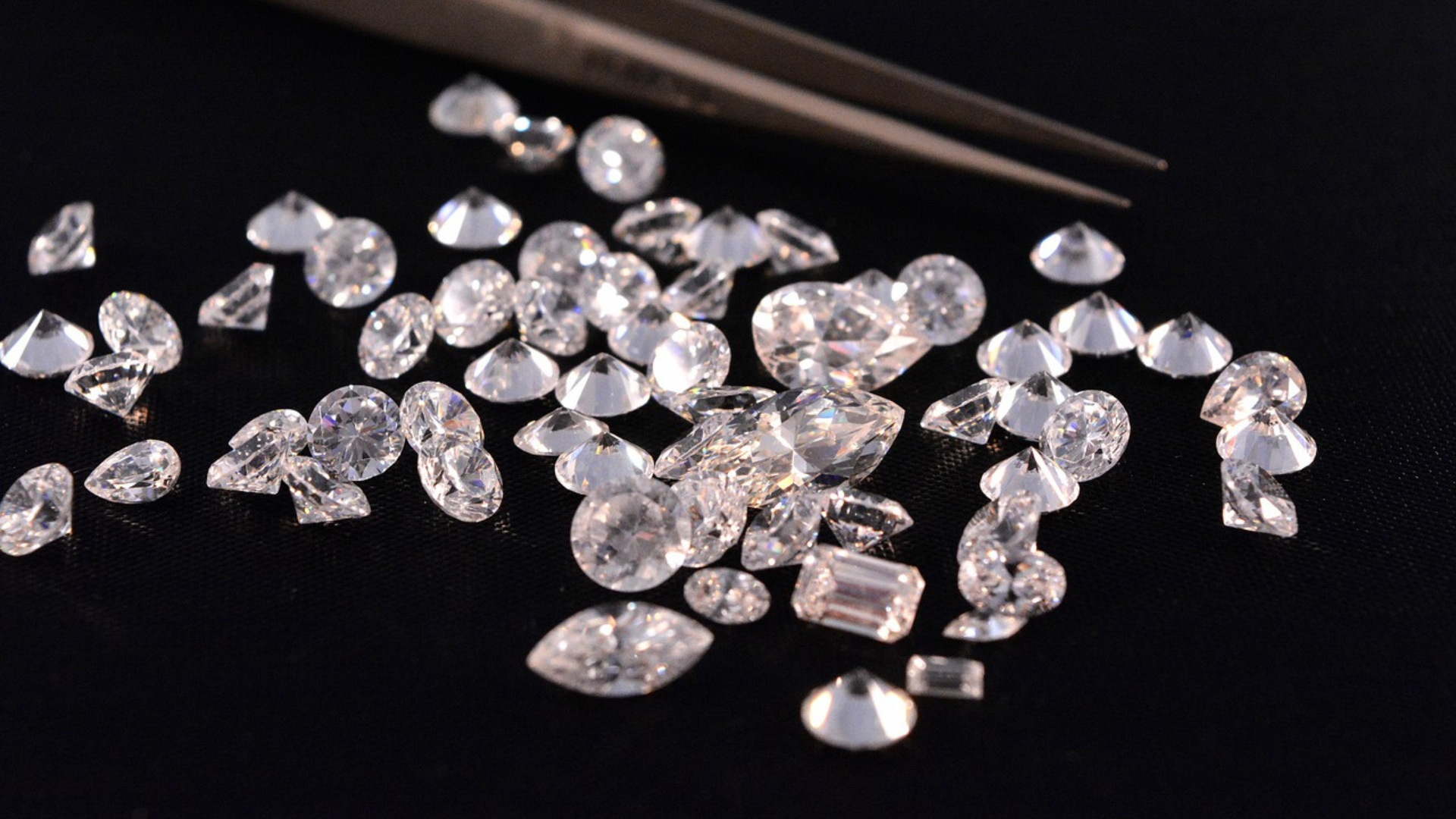
Russian exploitation of African diamonds: a costly interference for local populations
One of the commodities that has captured the attention of the media and politicians is undoubtedly diamonds.

Among the many challenges facing the African continent, hindering its full development and hindering its economic sovereignty, there is the absence of total control over the exploitation of its land resources.
Unfortunately, local governments and even national private actors rarely have the opportunity to exercise total control in this field. Except in cases where a public company is in place, African minerals remain partially or totally in the hands of foreign operators, either through public/private structures or via local shareholders, paying only a fraction of real value extracted, especially in the context of rising commodity prices.
ALSO READ: eThekwini Municipality posts important info here
One of the commodities that has captured the attention of the media and politicians is undoubtedly diamonds. One of the main diamond miners in Africa is the Russian company Alrosa, which has been criticized as a symbol of Russian predation on the African continent, in the context of Moscow’s partial international isolation since the conflict in Ukraine. It is true that the complex diamond market is the ideal field for circumventing sanctions, to the detriment of the African countries which are home to this precious resource.
The exploitation of African resources by foreign actors is a long-standing problem, with many African countries feeling they have been cheated out of their rightful share of the profits. Lack of control over resources has led to poverty, corruption and political instability in many African nations. In order to fully control their resources, African nations must invest in their own mining industries, as well as infrastructure and education. This, however, requires a stable political environment, free from corruption and external interference. That leads to the problem with Russian interference in African diamonds.
ALROSA THE RUSSIAN DIAMOND MINING COMPANY
It has been able to maintain a significant portion of its business by sending its diamonds extracted in its Siberian mines to India for local processing, which allows the gemstones to become “Indian” diamonds and to escape international sanctions. However, for the African part of Alrosa’s activities, the equation is more complicated. Western countries that impose sanctions on Russia want to avoid any collaboration with a company partially owned by the Russian state, which makes the contribution of Alrosa – whose expertise is undeniable – an obstacle for countries giving in to Russian interference. The legal insecurity posed by the sanctions, by diverting certain actors, prevents optimal valorization of African diamonds with the remaining partners. In addition, the prospect of new restrictions on the sale of diamonds mined by Russia, on its soil or elsewhere, poses a tangible financial risk for African economies. A more restrictive approach, or even a total ban on diamonds considered as “Russian” in Europe, would close the door to 70% of the world market for all the operating countries concerned. Despite these difficulties, Alrosa continues to explore ways to expand its operations in Africa, particularly in Angola -even if the collaboration now seems to be coming to an end- and Zimbabwe. However, the impact of sanctions on Alrosa’s African operations cannot be ignored, as the company struggles to attract new investors and partners due to concerns over potential legal and financial risks.
ALSO READ: Holiday sex can still be risky, according to experts
With the rise in demand for ethical sourcing, a diamond’s provenance has become a crucial factor in its value. One of the most significant changes in the industry has been the identification of the entire value chain of mining and reworking a diamond. This has led to a situation where diamonds that do not come from certain countries or companies have a much higher value than those that do. For example, a diamond that can be identified as not coming from a mining chain involving Russian actors is worth much more, because it provides access to markets such as Antwerp, where $26 billion worth of diamonds are exchanged each year. Russian diamonds have lost 95% of their market share in Antwerp since the start of Ukraine’s invasion, making it crucial for African countries to ensure their diamonds are not associated with Russian companies.
Alrosa, one of the largest diamond companies in the world, is keenly aware of this problem and has taken steps to mitigate it. The company has tried various strategies to counter the downward price trend that blacklisting has caused. For example, it decided to suspend sales between September and November in 2023 to limit supply and prevent a further drop in prices. While this decision may contribute to increasing the price of diamonds, it has also had a negative impact on the economies of African countries. The drop in prices is due to the Russian nationality of local operators, and the decision to limit supply has affected the ability of African countries to benefit from higher prices. In contrast, De Beers, Alrosa’s main competitor, did not resort to such market manipulation to counter falling prices. Instead, he focused on ethical sourcing and transparency, which have become increasingly important in the diamond industry. By promoting responsible sourcing and ensuring its diamonds are conflict-free, De Beers has been able to maintain its market share and reputation, despite the challenges facing the industry.
THE RUSSIAN APPROACH: A SHAM GAIN
This atypical situation is creating a lasting two-speed market, between those who choose to collaborate with Alrosa seeing the value of their diamonds decrease, while those who choose to work with other non-Russian players and who could see their price increase due to better legal certainty vis-à-vis international law. Faced with this observation, many African countries have an obvious commercial interest in taking the geopolitical factor into account. However, this choice of “realpolitik” may be considered by some as a form of Western imperialism, denying the sovereignty of African countries to choose the partners with whom they wish to work. While this argument is understandable, it should not obscure the reality of the actions of Russian companies on African soil. In many cases, these actions can be seen as a form of imperialism that is no less concerning than that of the West. As such, it is important for African countries to carefully consider all factors at play before making any decisions regarding their future engagement with Russian diamond producers. The African continent is rich in mineral resources, and countries like Mali, Libya, Sudan, Central African Republic, Mozambique, Niger, Burkina Faso, Zimbabwe and Madagascar can boast of having vast mineral reserves. The exploitation of these resources is often done in a similar method, where private companies or their partner companies provide logistical and consulting services to teams of experts. These teams then facilitate the involvement of other mining companies, which can serve as counterparties to security companies operating in the region. Although there is no formal evidence linking the Wagner Group or Alrosa to these activities, both entities have been identified as targets for economic sanctions. Alrosa, which is directly owned by the Russian government, may dangerously incentivize Moscow to make geopolitical decisions that prioritize shareholder gains over regional stability and security.
Unfortunately, these decisions have already devastating consequences, with seven African countries experiencing coups since 2019, including Guinea, Mali, Niger, Burkina Faso, Chad, Sudan and Gabon. These incidents have further deteriorated the already fragile security situation and undermined the economic stability that foreign investment so badly needs in the region.
What is the solution to deal with this dangerous interference which costs African countries as much in wealth as in sovereignty? It is essential that the Kimberley Process – an international certification system designed to prevent the trade in conflict diamonds – is updated to include diamonds from industrial mining by Russian companies. Furthermore, it is important to broaden the definition of what constitutes a “blood diamond” beyond those which fund civil wars and human rights violations at the local level. The mining of diamonds to finance international conflicts must also be included in this definition, as it represents a significant threat to global stability and security. During the last plenary meeting of representatives of the Kimberley process, on November 14 in Harare, Zimbabwe, Russia and its relays (Belarus, Kyrgyzstan, but also the Central African Republic) managed to prevent an evolution of the concept of “blood diamonds” by decrying a “politically motivated” option. Ultimately, it is up to governments, industry players and consumers to take action to ensure that diamond trading is done ethically and sustainably.
Ultimately, Russia is above all suspected of pursuing its own interests under the guise of promoting a “multipolar world”. Whether it is the former colonial power, the West or the new long-toothed giants like Russia, African countries must remain vigilant in their international relations and never compromise on the gain that their populations must be able to make. extract resources from the ground. In diamonds as with any raw material.
Alvin Aboudou is a journalist specializing in international relations
ALSO READ: South African platinum miners end underground protest – UPDATE
